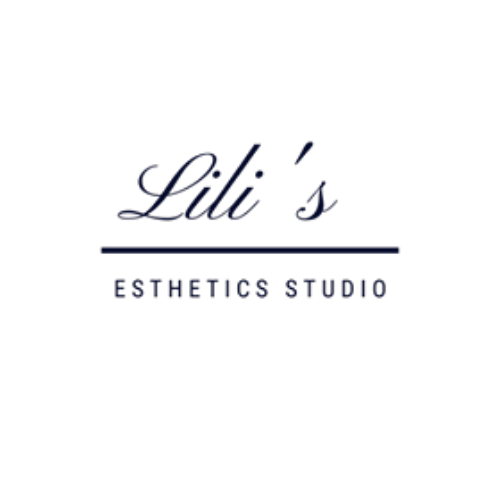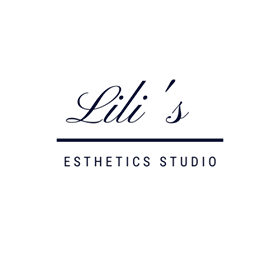Understanding, Preventing, and Correcting Photoaging
In the pursuit of timeless beauty, our skin is often the canvas where the passage of time becomes most evident. Among the many factors contributing to skin aging, photoaging is a prominent villain. Defined as premature skin aging caused by exposure to ultraviolet (UV) radiation, photoaging has become a common concern for individuals seeking to preserve their skin's youthful vitality. Let's delve into the causes of photoaging, explore effective prevention strategies, and discover ways to correct its effects.
The Causes of Photoaging:
UV Radiation: The sun's UV rays, both UVA and UVB, are the primary culprits behind photoaging. They penetrate the skin, causing damage to collagen fibres, elastin, and DNA. This damage leads to wrinkles, fine lines, and sagging skin.
Free Radicals: UV exposure triggers the production of free radicals, highly reactive molecules that damage cells and accelerate the aging process. They impair the skin's ability to repair itself and contribute to the breakdown of collagen and elastin.
Uneven Pigmentation: Prolonged sun exposure can lead to the uneven distribution of melanin, resulting in age spots, sunspots, and an overall uneven skin tone.
Loss of Elasticity: UV radiation degrades the skin's elastin fibres, maintaining skin elasticity. Leads to sagging and loss of firmness.
Preventing Photoaging:
Broad-Spectrum Sunscreen: Applying a broad-spectrum sunscreen with at least SPF 30 daily is crucial. It Protects against UVA and UVB rays, shielding the skin from damage.
Seek Shade: Limit sun exposure, especially during peak hours when the sun's rays are strongest, typically between 10 a.m. and 4 p.m.
Protective Clothing: Wear protective clothing, such as wide-brimmed hats, sunglasses, and long-sleeved shirts, to minimize direct UV exposure.
Antioxidant-Rich Diet: Consume foods rich in antioxidants, like fruits and vegetables, to help neutralize free radicals and support skin health from within.
Correcting Photoaging:
Retinoids: Topical retinoids, derived from vitamin A, can stimulate collagen production, improve skin texture, and reduce the appearance of fine lines and wrinkles.
Chemical Peels: Chemical peels exfoliate the skin's outer layer, revealing fresher, younger-looking skin. They can also help improve pigmentation irregularities caused by photoaging.
Micro-needling Treatments: trigger the construction of new tissue by stimulating healthy cell regeneration in precision-targeted areas showing signs of aging. It effectively reduces wrinkles, tightens and thickens the skin, and impressively fills and smooths scars.
Skincare Products: Incorporate products with active ingredients like vitamin C, hyaluronic acid, and peptides to boost collagen production, enhance hydration, and promote overall skin health.
In conclusion, the battle against photoaging requires a multi-faceted approach. Understanding its causes empowers us to take proactive measures to prevent its onset. We can delay and minimize photoaging effects by diligently protecting our skin from UV radiation and nourishing it with antioxidants. When prevention isn't enough, modern skincare treatments and products offer a range of options to correct and rejuvenate, helping us defy the clock and maintain radiant, youthful skin. Remember, the journey to timeless beauty starts with protective habits and a commitment to caring for your skin's health and vitality.

